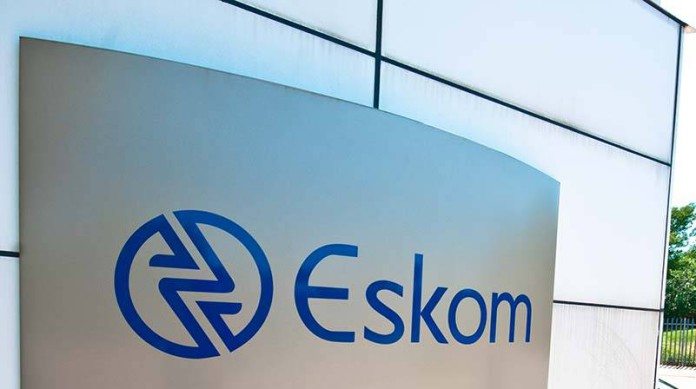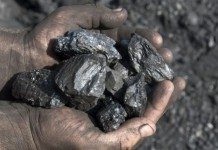
Best you check that the generator you have not used for the past few years will still start and fill up your petrol jerry cans while you are at it because Eskom may be about to return us to power black-outs.
The possibility stems from Eskom’s confirmation it faces coal shortages at seven power stations. That, in turn, follows publication of an in-depth expose by EE Publishers editor Chris Yelland of coal supply problems at the utility. His report described the problems as being “as serious, if not worse, than those that existed in South Africa shortly before the load-shedding of 2008.”
So the resulting headlines are all about state capture and the Guptas being the culprits. I believe the fundamental blame for this situation sits with Eskom management which deliberately undermined its coal supply system which used to be one of the most efficient private/public sector business arrangements in South Africa.
This is different to the 2008 power crisis for which the ANC politicians were responsible. In 2000 the ANC cabinet refused Eskom’s request to build another major coal-fired power station despite being warned that failure to do so would result in a power shortage crisis around 2007/2008.
The current coal supply crisis results from actions by Eskom’s top management to push black economic empowerment way beyond the legislated requirements. Where the legislation stated a mining company needed to be 26% BEE – empowered Eskom decided it had to be 50% plus one share BEE- controlled if it wanted to sell coal to its power stations.
Eskom also deliberately cut back on coal purchases from its traditional suppliers – the major mining companies – and diverted the business instead towards junior black mining companies. It did so by increasing purchases on the short-term coal market and reducing off-take from the long-term supply contracts negotiated with its own tied collieries.
Immediate impact was that the price paid by Eskom for its coal shot up because, previously, Eskom was buying coal on a “cost plus” price basis from tied collieries situated next to its power stations. The coal was delivered along conveyor belts from the mines to the power stations.
Now it was buying coal on the open market where prices were influenced by the international steam coal price. Also, that coal had to be trucked to Eskom’s power stations – at Eskom’s expense because those costs were built into the delivered price – while the supply from some of these juniors proved to be unreliable.
Eskom owns the tied collieries and is responsible for providing the capital expenditure needed to develop new ore reserves. Eskom cut back on that as well so guaranteeing that production from those mines would drop over time.
Those were the main short-term consequences apart from “collateral damage” such as destruction of the roads in Mpumalanga’s coal belt from all the additional coal trucks using them. The long-term consequences are now playing out.
Various major coal companies have decided they will not accept Eskom’s demand for BEE control of their mines and are withdrawing from the Eskom business. BHP Billion was first out through unbundling its SA coal operations to South32 which, in turn, announced last year it intended splitting off its SA coal operations as a separate entity.
Anglo American followed suit selling most of its domestic coal mines including the New Largo operation to Mike Teke’s Seriti Resources. New Largo is the mine which will supply the bulk of the coal needed by Eskom’s new Kusile power station currently under construction but for which the long-term coal supply contracts have yet to be agreed.
How Eskom management could start construction of a power station costing north of R100bn without first nailing down the coal supply contract is beyond me. I have asked. They won’t tell me.
Then there is the matter of the “coal supply cliff”. Before the short-lived tenure of Brian Molefe as CEO Eskom went on a campaign warning about looming coal supply shortages given the future needs of its power stations. The utility dubbed this the “coal supply cliff” and wanted Government to declare coal a “strategic mineral” to help deal with the situation. But Molefe subsequently declared there was no such thing as a coal-supply cliff.
Now Molefe is gone and it seems that “cliff” is back. My question is this: with the coal majors pulling out because of Eskom’s unreasonable business attitude, who in their right mind is going to back a junior coal company with the kind of money needed – R20bn odd in the case of New Largo – to build new collieries to supply Eskom?
I have also asked Eskom about that. The answer was that any coal company selected by Eskom should have no problem raising finance given it had been granted a coal supply contract by the utility. I am not a banker but I doubt that claim holds water these days given the damage done to Eskom and the domestic coal sector by the shenanigans that have taken place at the utility over the past few years.











